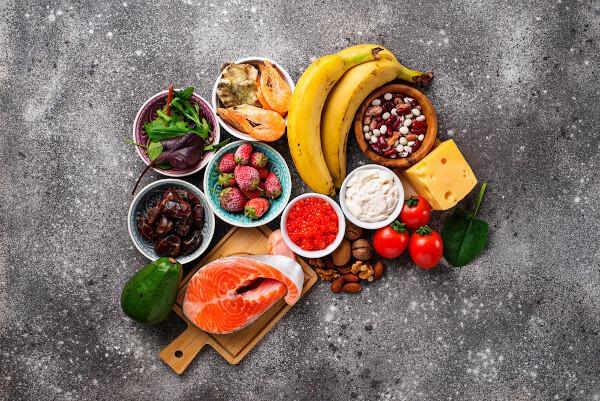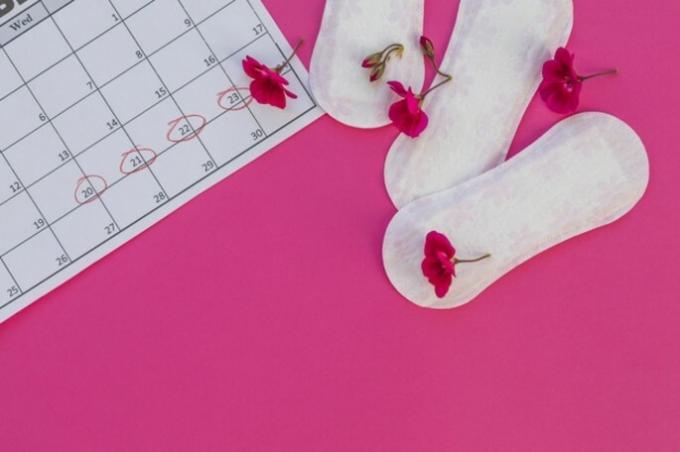The respiratory system is responsible for gas exchange that happens during breathing, a vital function for human survival.
During breathing, the body absorbs oxygen from the air, used by the body's cells to produce energy, and eliminates carbon dioxide, a substance that is a residue from energy production.
The respiratory system is made up of the following organs and structures: nose, pharynx, larynx, trachea, lungs, bronchi, bronchioles and alveoli.

Functions of the respiratory system
The respiratory system has the main function of carrying out the gas exchange necessary for breathing. The body's cells need oxygen to produce energy (ATP- adenosine triphosphate), and the respiratory system captures oxygen from the air for production.
Carbon dioxide (carbon dioxide) is the residue of this process, and as it is toxic to the body it needs to be eliminated. Thus, the respiratory system absorbs oxygen and eliminates carbon dioxide.
The other functions of the respiratory system are: assisting in regulation of carbon dioxide level
in the blood, filter and heat the air, preventing impurities from entering the body, and allowing the human being make sounds.Humans are able to speak, sing and produce different sounds thanks to the air that passes through the larynx and vibrates the vocal cords.
During the respiratory process, air enters through the nose, passes through the pharynx, larynx, trachea and goes to the lungs, more specifically in the bronchioles and alveoli, where oxygen is transferred to the blood. The blood, pumped by the heart, will carry oxygen to the body's cells.
The cells pass carbon dioxide into the blood, the result of energy production, which needs to be eliminated. Thus, the blood carries carbon dioxide to the lungs, where it will then pass through the trachea, larynx and pharynx and be released through the nose.
There are three breathing procedures that illustrate a complete respiratory process:
- Lung ventilation - is the entry (inspiration) and exit (exhalation) of air from the lungs;
- Lung breathing - is the process that takes place inside the lungs, where inspired oxygen is released into the blood and carbon dioxide is removed from the blood to be exhaled;
- Breathing cell phone - is the exchange of gases between the blood and cells. The blood carries oxygen to the cells to produce energy and receives carbon dioxide to be eliminated.
The human body systems work together, in pulmonary and cellular respiration, in addition to the respiratory, circulatory (also called cardiovascular) and central nervous system work together.
Anatomy of the respiratory system
The anatomy of the respiratory system can be divided into upper and lower airways. They make up the upper airway: nose, pharynx and larynx.
Already the lower airway are the trachea, lungs, bronchi, bronchioles and alveoli. See the complete anatomy of the respiratory system:

Organs and structures of the respiratory system

Each organ and structure of the respiratory system has a function to carry out efficient gas exchange. Find out what they are:
Nose and nasal cavity
The nose is a structure covered with mucus and small hairs, through which air enters the body, that is, through which it is inhaled. The nasal cavity is the inner part of the nose.
The two structures have the function of heating and filtering the air, preventing impurities and microorganisms, which can cause diseases, from entering the body. However, when viruses and bacteria manage to overcome these barriers, they can cause diseases.
The nose is also very important for the sense of smell, the ability to feel and perceive smells.
Pharynx
Popularly called the throat, the pharynx is a tube that serves as a passage for air from the nasal cavity to the larynx. It is also part of the digestive system, because it is used to pass food.
The pharynx has a type of tissue, called lymphoid, which also helps defend against microorganisms.
Larynx
It is the structure that connects the pharynx to the trachea. It is important because it contains the epiglottis, a cartilage that opens and closes during eating, preventing food from entering the airways.
The vocal cords are also located in the larynx, they vibrate with the passage of air, which allows sounds to be emitted. In this way, humans are capable of singing, speaking and producing the most varied sounds.
Trachea
It is a kind of tube, formed by rings of cartilage, that takes air from the larynx to the lungs. The trachea also humidifies and filters the air, mucus and cilia present in its structure help capture impurities present in the air.
Bronchi
They are responsible for taking air from the trachea to the inner part of the lungs. There are two main branches of the bronchi, called the right main bronchus and the left main bronchus.
The right bronchus branches to the right lung, and the left to the left lung. The bronchi are essential for gas exchange.
Lungs
It is the main organ of the respiratory system, responsible for gas exchange. There are the left and right lungs, which are inside the rib cage.
The lungs are surrounded by the pleura, a membrane that helps with lubrication and respiratory movement. It is inside the lungs that the bronchioles and pulmonary alveoli are located.
Bronchioles
Bronchioles are branches of the bronchi and are very small respiratory tubes. They carry air into the lungs and branch into even smaller tubes, called pulmonary alveoli.
Lung alveoli
These are the branches of the bronchioles, they are small respiratory sacs. This is where the hematosis, that is, the process of exchanging respiratory gases.
From the alveoli, oxygen is carried by the blood to the heart, and then goes to the rest of the body. It is also the alveoli that will capture carbon dioxide from the blood, which will later be exhaled.
Diaphragm
It is a very important skeletal muscle for the respiratory system. When inhaling, the diaphragm contracts, increasing the capacity of the rib cage to receive air.
When the diaphragm relaxes, chest capacity decreases, which creates pressure for air to escape.
See also the Cardiovascular system, O skeleton and the sympathetic and parasympathetic nervous system.
Meanings: more than a simple encyclopedia. A simple encyclopedia.



